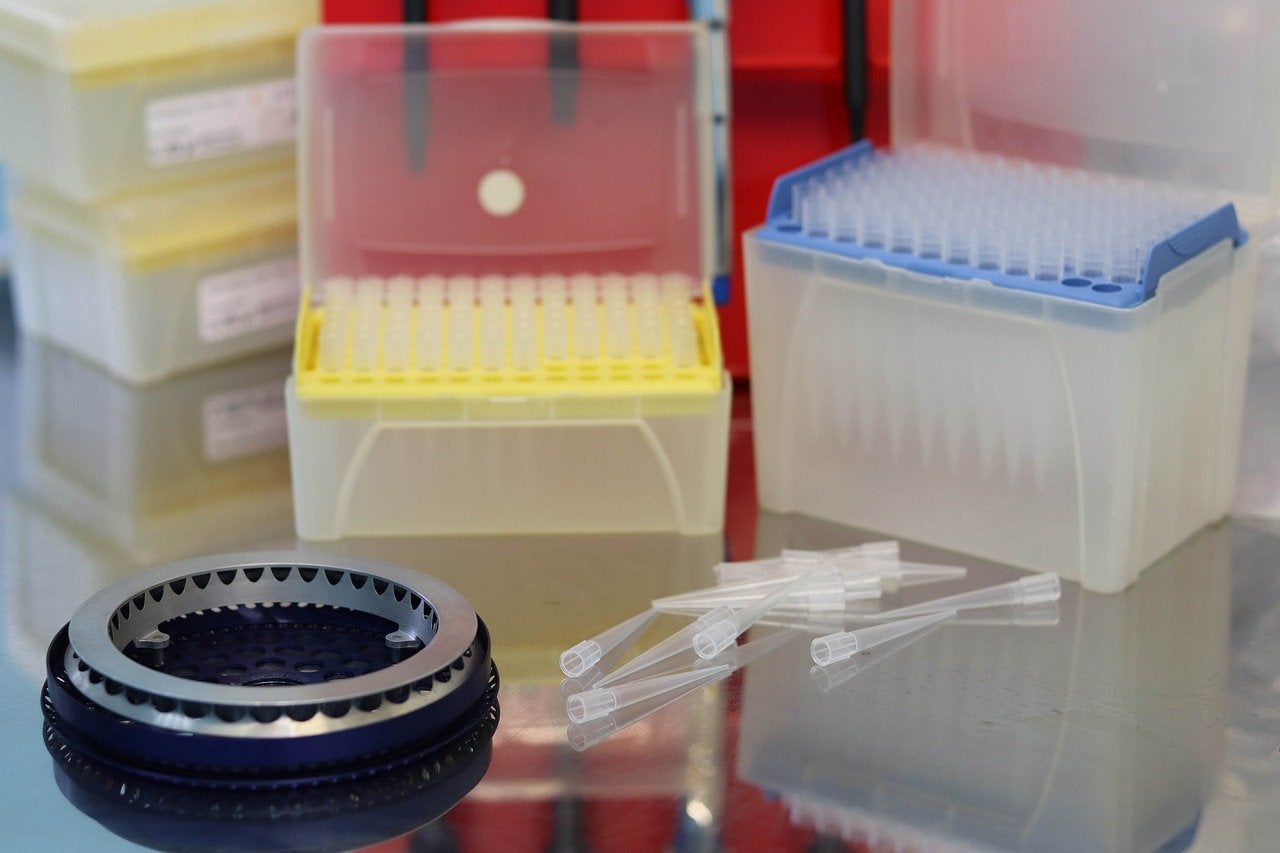
Researchers at the University of California, Santa Cruz (UC Santa Cruz) in the US have developed a new serological test, biolayer interferometry immunosorbent assay (BLI-ISA), for Covid-19 antibody detection.
The team of scientists led by UC Santa Cruz biomolecular engineering associate professor Rebecca DuBois developed BLI-ISA.

Discover B2B Marketing That Performs
Combine business intelligence and editorial excellence to reach engaged professionals across 36 leading media platforms.
Using biolayer interferometry (BLI), the novel method provides quantitative results in under 20 minutes.
The new method is as accurate as the currently available antibody tests. It is also less complex and can work much faster.
A complex laboratory method called ELISA is usually used for serological testing that takes four to six hours to run and delivers quantitative results, showing the strength of the immune response.
Even though simpler assays, which use test strips, provide rapid results, they are less reliable and do not measure antibody levels.

US Tariffs are shifting - will you react or anticipate?
Don’t let policy changes catch you off guard. Stay proactive with real-time data and expert analysis.
By GlobalDataDuBois said: “Our assay is as sensitive if not better than other assays in detecting low levels of antibodies, and the specificity (false-positive rate) is as good as the best antibody tests out there.
“It combines the advantages of the test strips that take 20 minutes with the quantitative results and higher performance of ELISA.”
A positive antibody test indicates prior infection with the virus.
The assay needs laboratory equipment and cannot be used in point-of-care settings such as doctor’s offices or pharmacies.
It has several steps carried out by the instrument in an automated dip-and-read format and needs the amount of blood obtained with a finger prick for testing.
Compared to quantitative laboratory tests such as ELISA, Immunofluorescent Assay, and Chemiluminescent Immunoassay, this method enables high-throughput processing of samples and is quick and less labour-intensive.
In addition, the BLI instrument permits multiplexing, which means that several tests can be run in parallel on the same blood sample to detect antibodies to different viral antigens and different antibody isotypes.



